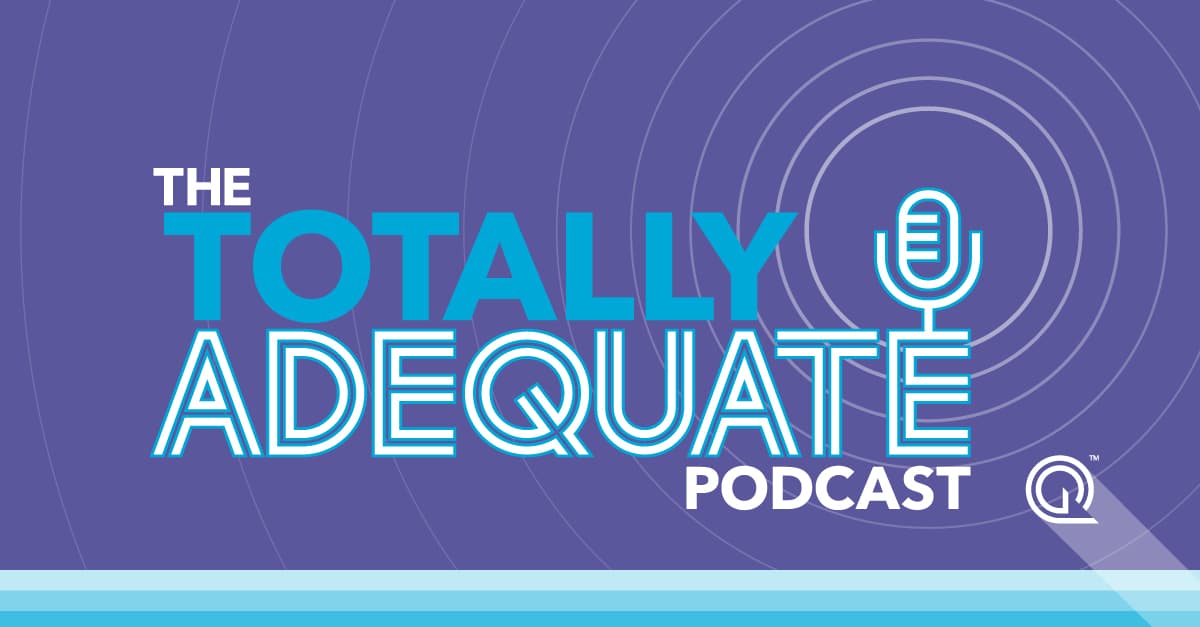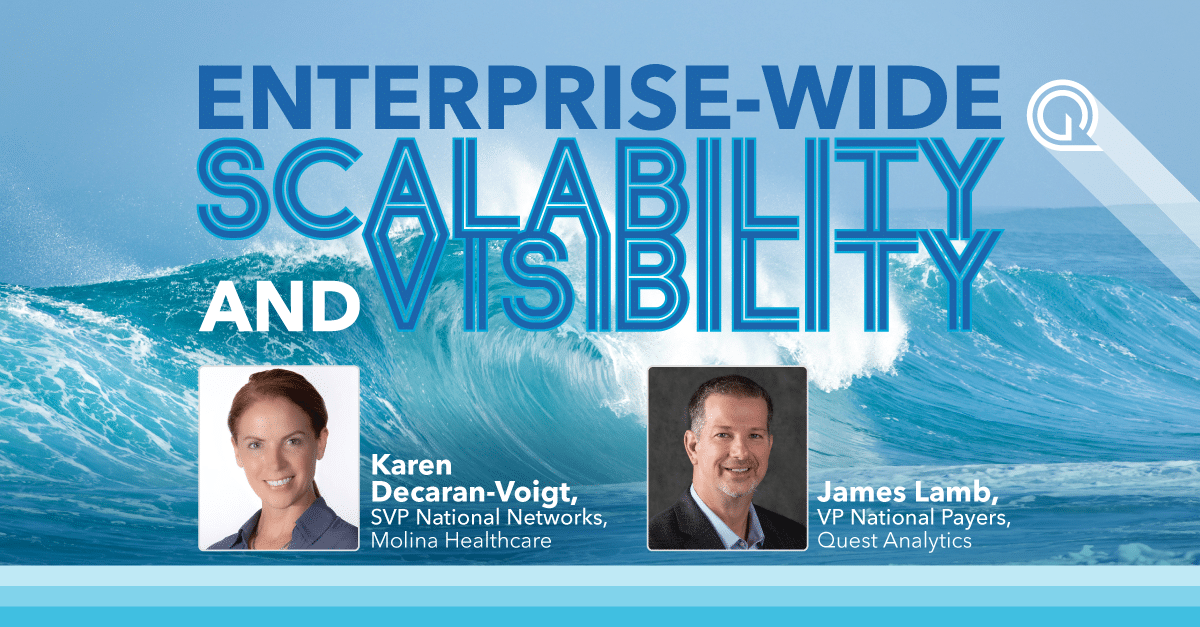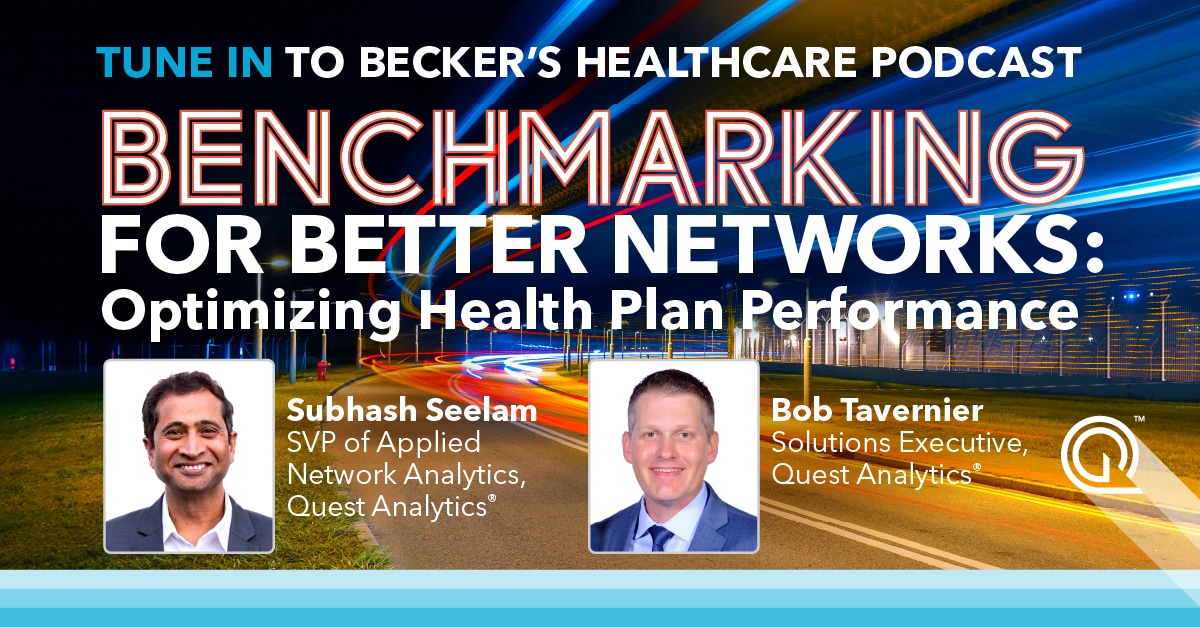Last week, Virta Health, a health tech startup that helps patients reverse type 2 diabetes, hosted a meetup called, ‘Machine Learning in Healthcare.’ We joined to discuss the potential of these learning algorithms and heard five talks focused on how machine learning could improve healthcare. Lightning talks were given by:
- Abe Gong, Superconductive Health
- Catalin Voss, Founder Autism Glass Project
- Yizhen Dong, Eleven Two Capital
- Nasir Bhanpuri, Virta Health
- Jackie Lee, Virta Health
Below are 5 key takeaways about machine learning and how they can be applied to improving provider directories.
1. VAST AND COMPLICATED HEALTHCARE DATA IS THE PERFECT GROUND FOR MACHINE LEARNING
Healthcare has huge potential to benefit from machine learning by solving big and complicated problems. If you’re in healthcare and you have to deal with either patient or provider data, you know that the data itself is very complex. Some of this complexity comes from the technologies used, but some comes from the dynamic nature and tremendous amount of data. As Yizhen Dong from Eleven Two Capital highlighted in his talk, leveraging machine learning in healthcare is one of the most interesting trends in healthcare today. Solving inefficacies and decreasing costs are just one, yet very interesting outcome of finding opportunities to apply machine learning.
2. HEALTHCARE INDUSTRY NEEDS INTEROPERABILITY
There’s one particularly tricky problem in healthcare: it’s an industry with a lot of data in diverse formats that can date back 30 years. The technical ecosystem does not yet enable different systems and applications to talk to each other – something that is taken for granted in so many other areas of business. The healthcare industry is highly regulated and so stratified that it is very hard to integrate its systems and data with each other. Abe Gong from Superconductive Health pointed out that current trends in healthcare, such as hospital consolidation and value-based care require incentives for data sharing that would make data flows and integration possible. The same applies to provider directories that need ongoing validation processes and constant data updates. Ultimately having a centralized hub for provider data would make maintaining the data correct everywhere a lot easier.
3. THE HEALTHCARE SHOPPING EXPERIENCE WILL GET BETTER AS MORE DATA BECOMES AVAILABLE AND USABLE
Because of the lack of interoperability, a consolidated and working infrastructure —consumers are having a hard time working their way through the healthcare ecosystem. Even so, they rightfully expect to get good care that is designed just for their needs. Accurate provider data is a core part of this infrastructure, that enables innovation and personalized care for consumers. Jackie Lee and Nasir Bhanpuri from Virta Health talked about how Virta uses machine learning to personalize the patient’s experience on the diabetes control app. Thanks to this approach, the app was able to give the patients more curated support that better fitted their personal needs. As a result, the patients dropped out less and proved better results in reversing diabetes.
4. AGGREGATING DIVERSE DATA TO UNDERSTAND THE ACTUAL SITUATION
With machine learning it is possible to dig deeper in immense amounts of data and learn from the data in real time. As an example, Catalin Voss spoke about his Stanford research project where machine learning is helping kids with autism to learn to read emotions in real life social situations. Here, the models get adjusted to the immediate social circle of the patient and the most common social situations the patient encounters. For collecting provider data, machine learning could be used to understand the providers’ circles and changes in practice staff. We could learn when we should go back to the provider and validate new information. Examples of indicators for a need to validate a providers’ address or practice location are, for example, having less than five years from graduating or having a provider specialize in a new area.
5. KNOWING THE SITUATION AT A PRACTICE HELPS TO REDUCE PROVIDERS’ ADMINISTRATIVE BURDEN
Provider Directories can be complicated to maintain and the data is hard to collect, but it all boils down to the same task: the provider (or practice manager) attesting to the information we need to validate. Machine learning could potentially bring insight into why some providers never validate their information, but stay as “non-responsive”. By putting together data about the location, situation, time, size and what was validated, we might be able to learn how to best help reduce the administrative burden of providers – validate only when it’s needed and only once for everyone who needs that same data. Thanks for the great meetup Virta Health!








